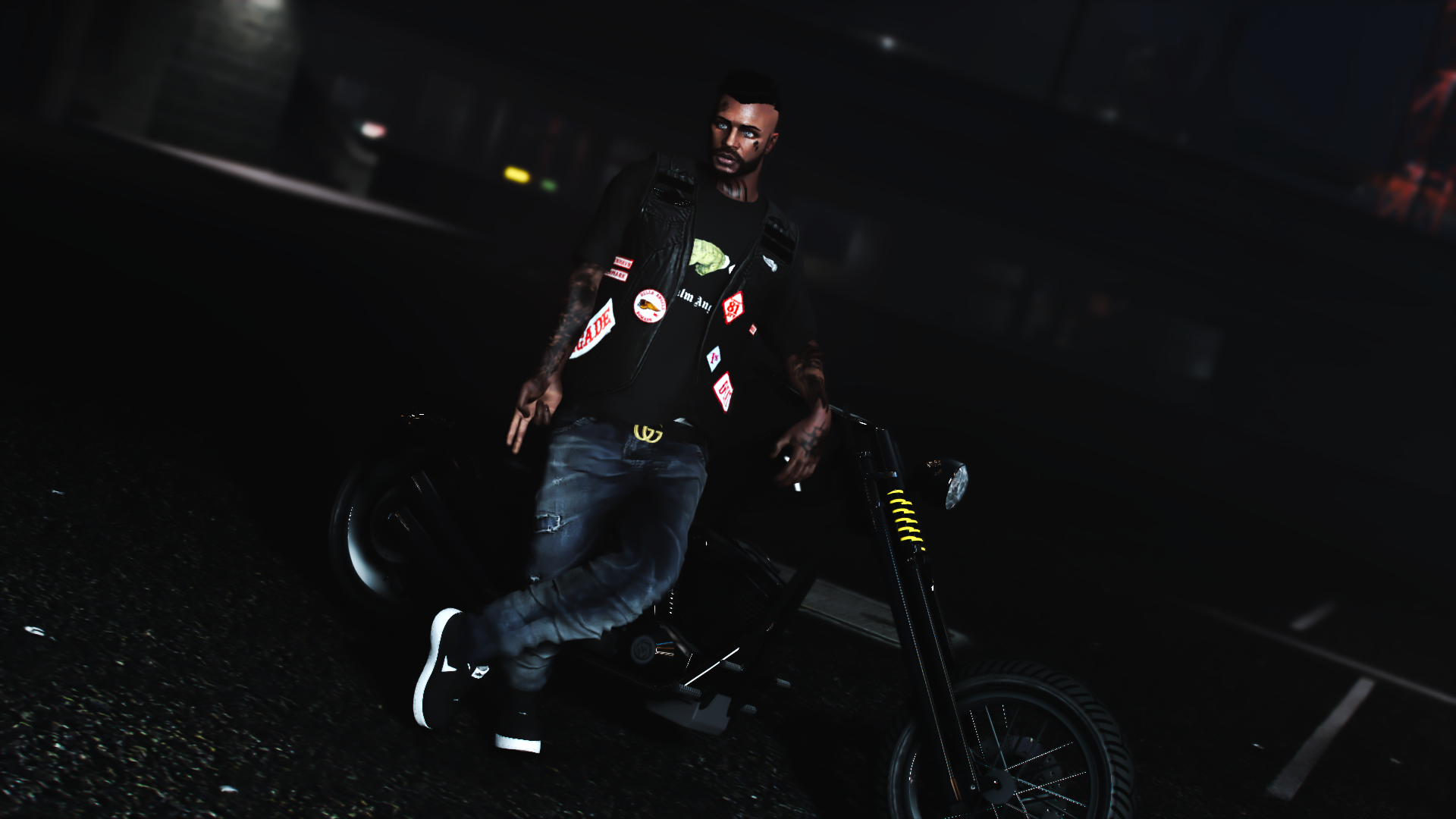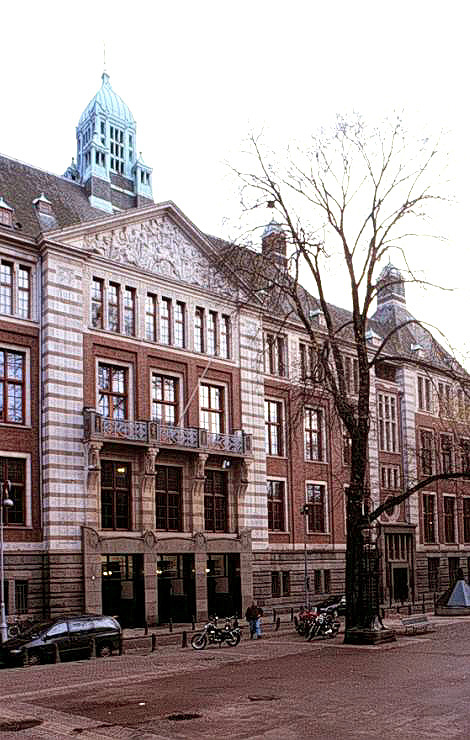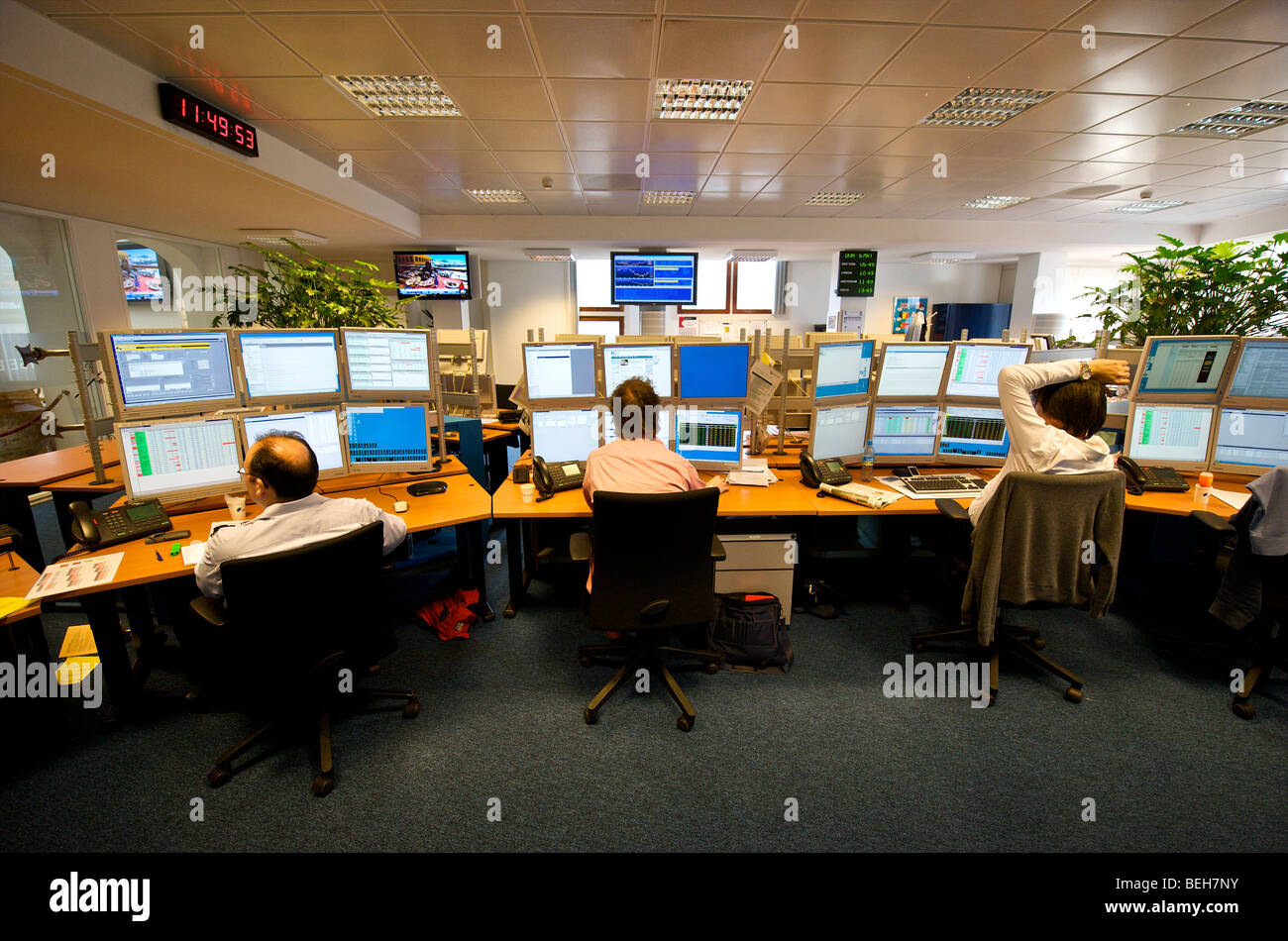Hells Angels: Myths, Realities, And Public Perception

Table of Contents
The Myth of the Hells Angels: Media Portrayals and Popular Culture
The image of the Hells Angels as violent criminals is deeply ingrained in popular culture, largely shaped by decades of selective media portrayals.
Hollywood's Influence
Hollywood has played a significant role in constructing and reinforcing the Hells Angels' outlaw image. Films like "Easy Rider" (though not explicitly about the Hells Angels, it contributed to the romanticized image of biker rebellion) and numerous other productions have consistently depicted them as ruthless criminals, engaging in violence and illegal activities. These portrayals, often relying on stereotypes and clichés, have created a lasting impression on the public consciousness.
- "Sons of Anarchy": While fictional, this TV series heavily draws on Hells Angels imagery and themes, further solidifying the negative stereotype.
- Overemphasis on violence: Many portrayals focus disproportionately on violent acts, neglecting other aspects of the club's activities.
- Lack of nuance: Characters rarely exhibit complexity, reinforcing a simplistic "good vs. evil" narrative.
Sensationalist News Coverage
Sensationalist news reporting has amplified the negative perception of the Hells Angels, often focusing on isolated incidents of violence or criminal activity while ignoring any potentially positive contributions or community involvement. This selective reporting fuels public fear and reinforces pre-existing stereotypes.
- Bias and selective reporting: News outlets often prioritize sensational stories, attracting larger audiences but sacrificing objectivity.
- Lack of context: Individual incidents are frequently presented out of context, failing to provide a broader understanding of the club's internal structure and diverse membership.
- Generalizations: Actions of a single chapter or individual are often generalized to represent the entire organization.
The "1%er" Patch and its Significance
The infamous "1%er" patch is a potent symbol that reinforces the Hells Angels' outlaw image. It originated as a response to the American Motorcycle Association's claim that 99% of motorcyclists were law-abiding citizens; the remaining 1% embraced the rebellious, outlaw identity.
- Origins and history: Understanding the historical context of the patch is crucial in interpreting its significance.
- Association with rebellion: The patch is a clear declaration of defiance against societal norms and authorities.
- Visual reinforcement: Its visibility serves to solidify the Hells Angels' image as a group operating outside the law.
The Reality of Hells Angels Activities: Beyond the Stereotypes
While the media often focuses on the negative aspects, a more comprehensive view of the Hells Angels reveals a complex reality that extends beyond the stereotypical image.
Motorcycle Club Activities
The Hells Angels, at their core, are a motorcycle club. Their activities often revolve around shared interests in motorcycles, including rallies, rides, and the maintenance and customization of bikes. While not universally applicable across all chapters, some have participated in charitable events or community initiatives, although such activities are often overshadowed by negative publicity.
- Motorcycle rallies: These events are central to the club's culture, bringing members together from different chapters.
- Social gatherings: The club offers a sense of camaraderie and brotherhood to its members.
- Community involvement (limited cases): Some chapters have engaged in limited charitable activities, though these are often not widely publicized.
Criminal Involvement
It is undeniable that some Hells Angels chapters have been implicated in various criminal activities, including drug trafficking, violence, and extortion. However, it's crucial to emphasize that this involvement does not represent the actions of all members or chapters. The complexities of organized crime necessitate a careful analysis of individual cases rather than sweeping generalizations.
- Varying levels of involvement: The level of criminal activity varies significantly across different chapters and regions.
- Law enforcement challenges: Investigating and prosecuting organized crime groups like the Hells Angels presents significant challenges for law enforcement.
- Individual responsibility: It is crucial to avoid collective guilt and focus on the actions of individual members rather than the entire organization.
Internal Structure and Hierarchy
The Hells Angels operate with a hierarchical structure, divided into chapters with specific leadership roles. Understanding this structure is vital in analyzing their activities and decision-making processes. The use of specific patches and insignia further reflects the club's internal hierarchy and membership status.
- Chapter organization: The club is organized into geographically defined chapters, each with its own leadership and territory.
- Hierarchical structure: A clear chain of command exists within the club, ensuring centralized control and decision-making.
- Meaning of patches: Different patches and insignia denote rank, membership status, and affiliation within the club.
Public Perception and its Evolution
Public perception of the Hells Angels is dynamic and has evolved over time, influenced by shifting media narratives, societal changes, and the club's own actions.
Shifting Public Opinion
Public opinion regarding the Hells Angels is far from monolithic and has fluctuated considerably. Initial romanticisation in the media has given way to a more critical perspective as their criminal activities became more widely known. However, the lack of nuanced reporting continues to shape the overall public perception.
- Influence of media: The portrayal of the Hells Angels in media heavily influences public opinion, whether positive or negative.
- Societal changes: Changes in societal attitudes towards rebellion and outlaw culture have also impacted public perception.
- Club activities: The club's actions, both legal and illegal, contribute directly to shaping public perception.
The Importance of Nuance
It is crucial to avoid generalizations when discussing the Hells Angels. The club comprises diverse individuals with varying backgrounds, motivations, and levels of involvement in criminal activities. Focusing solely on the negative aspects ignores the complexities of individual experiences and the multifaceted nature of the club.
- Diversity within the club: Members' backgrounds and levels of involvement in criminal activities vary considerably.
- Individual stories: Understanding individual member narratives offers a more balanced perspective.
- Avoiding broad brushstrokes: Generalizing about the entire club based on the actions of a few members is inaccurate and harmful.
The Ongoing Debate
The debate surrounding the Hells Angels is likely to continue. The challenge lies in fostering informed discussions that move beyond simplistic stereotypes and recognize the complex realities of the club and its members. Understanding this requires critical engagement with various sources and a willingness to move beyond biased reporting.
- Multiple perspectives: Engaging with multiple perspectives is crucial to forming a well-rounded understanding.
- Critical analysis: Developing critical thinking skills is essential to evaluate the validity of different claims.
- Balanced reporting: Seeking out balanced and well-researched information is key to forming an informed opinion.
Conclusion
The Hells Angels' image is a complex tapestry woven from media portrayals, documented criminal activities, and a carefully constructed persona of rebellion. While Hollywood and sensationalist news have perpetuated myths and stereotypes, the reality is far more nuanced. Their activities range from legitimate motorcycle club activities to involvement in organized crime, with the level of participation varying widely across chapters and individuals. Public perception is constantly evolving, influenced by both the club's actions and ongoing media coverage. To truly understand the Hells Angels Motorcycle Club, we must move beyond simplistic generalizations and engage in critical analysis of available information. By actively researching the Hells Angels and considering diverse perspectives, we can form our own informed opinions, separating myth from reality and recognizing the complexities of this enigmatic group. Further research into the Hells Angels Motorcycle Club, utilizing diverse and credible sources, is encouraged for a more complete understanding.

Featured Posts
-
 Major Losses Continue At Amsterdam Stock Exchange 11 Drop Since Wednesday
May 25, 2025
Major Losses Continue At Amsterdam Stock Exchange 11 Drop Since Wednesday
May 25, 2025 -
 David Hockney A Bigger Picture Analyzing The Artists Techniques And Themes
May 25, 2025
David Hockney A Bigger Picture Analyzing The Artists Techniques And Themes
May 25, 2025 -
 Dr Terrors House Of Horrors A Guide For First Timers
May 25, 2025
Dr Terrors House Of Horrors A Guide For First Timers
May 25, 2025 -
 Euronext Amsterdam Sees 8 Stock Increase Following Us Tariff Delay
May 25, 2025
Euronext Amsterdam Sees 8 Stock Increase Following Us Tariff Delay
May 25, 2025 -
 From 0 6 To Victory Swiateks Resilience Sets Up Madrid Semifinal With Gauff
May 25, 2025
From 0 6 To Victory Swiateks Resilience Sets Up Madrid Semifinal With Gauff
May 25, 2025
